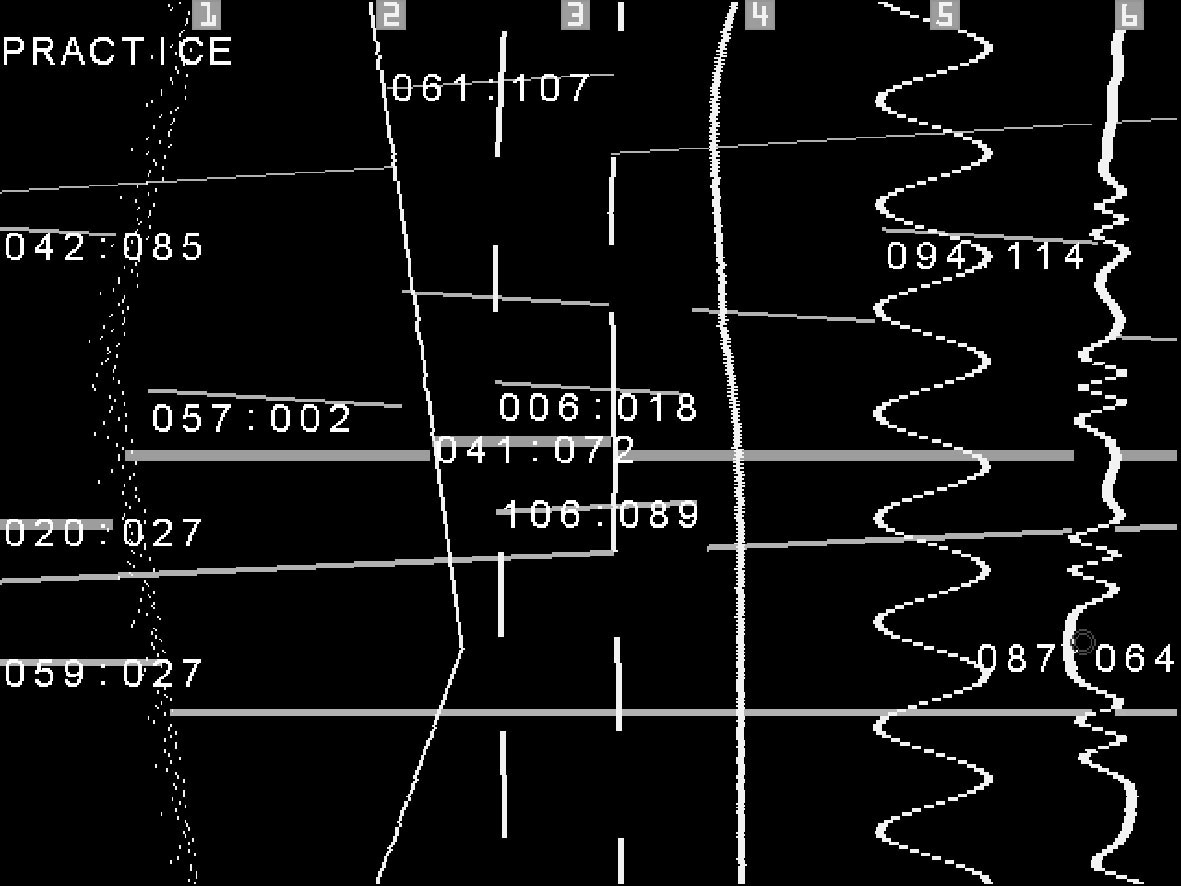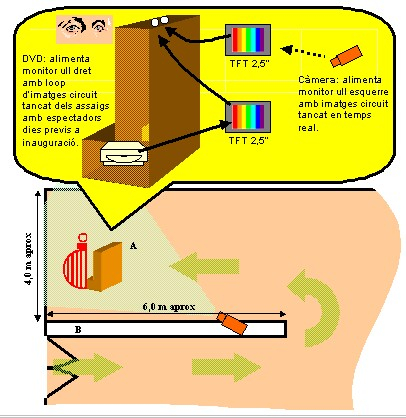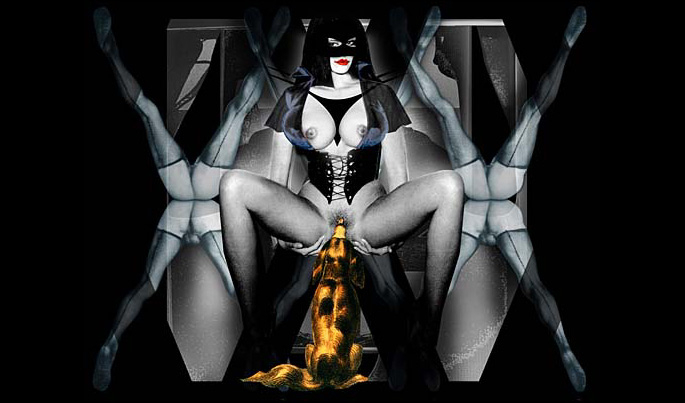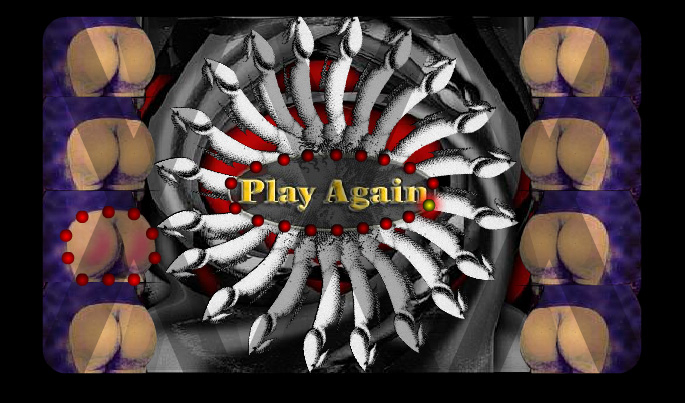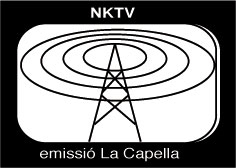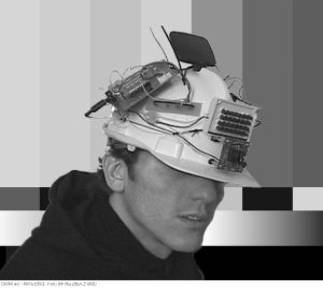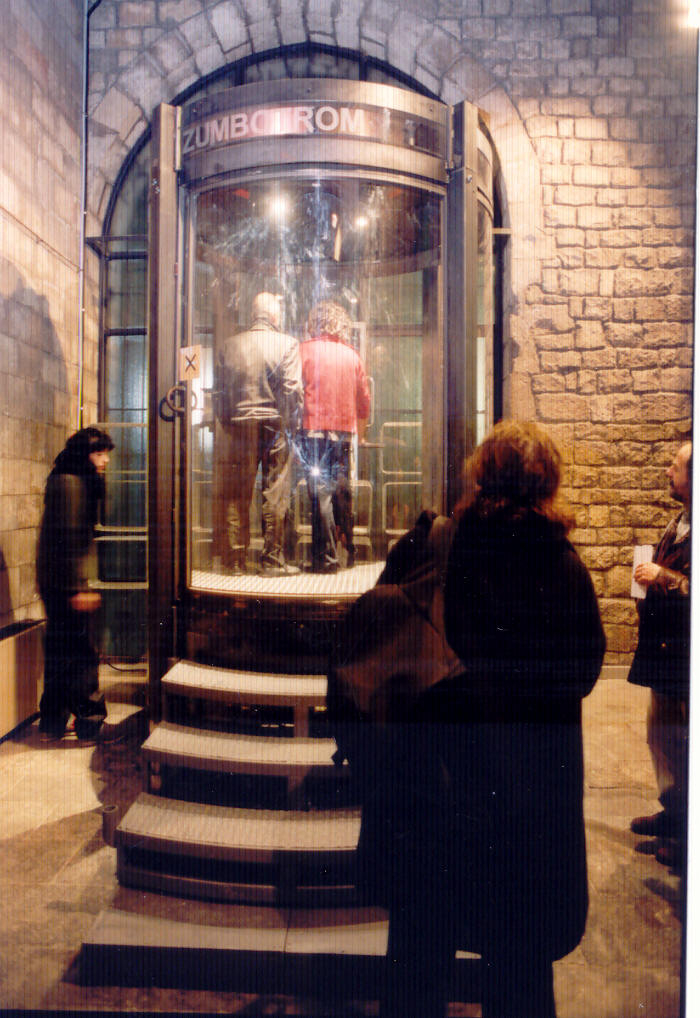The spectator as a spectacle. Interactive group exhibition
Artists: Sergi Jordà and La Fura dels Baus, Dídac Lagarriga, Cristina Casanova, José Lozano+ Eugenio Tisselli Vélez, Roc Parés, Daniel Miracle
Curated by: Carles Hac Mor and Ester Xargay
The spectator as a spectacle
Interactive group exhibition
Without a spectator there is no show, and, if we turn the spectator into a spectacle, in fact there is no spectator and, therefore, there is no show anymore. And what happens when there is no show? That we find ourselves with a mirror, the speculum, close to spectaculum, yes, although also on the edge of spectativus, that is, speculative.
Now, when going from spectaculum to speculum to get to spectativus, we go through Specter, that is, to consider or appreciate, relatives to reflect and counterparents to reflect. And so we move away from spectrum or representation.
Of all this and much more, we can school that, without a show, the spectator can leave the passivity that characterized him and enter into activity without having to represent anything, not even what made him the object of the show. And once the representation is finished, what happens? That the representation begins in another space of representation.
So that the spectator, by becoming a spectacle, already has other spectators. And according to this, one would say that there is no escape to the spectacular, that the mirror is unavoidable. And yet, no one can say things like that, without falling into the specus or cavern of ideas without hope or spes, brother word of the root spec of spectaculum, speculum, spectrum and so on.
The thesis of this exhibition is, then, the absence of thesis and the presence of speculation through works that do not ask for any, of speculation, and that, precisely for that reason, and for making us the spectacle of some spectators, speculate - that comes from speculum, mirror, mirror, viewpoint - with everything and everyone, whenever someone really wants to speculate, which can never be obligatory.
FMOL Zumbotrom
Installation of Sergi Jordà and La Fura
FMOL is a computer program, a beautiful instrument, a musical software that allows you to process any sound and work it all by manipulating it visually. The FMOL interface design has an exceptional graphic configuration: the strings of a kind of electronic lira or oscilloscope. The computer mouse allows the sound to vibrate in a network of possible characteristics. And this encourages us to investigate and play (remember that jouer in French means to play) both modeling visually and modulating musically. The original project of FMOL (Faust Music On Line) was born in 1998 for the show of the Fura "Faust. V3.0". Sergi Jordà conceived the program to be put on the Internet, so that everyone who wants to work a piece. Since then the program has not stopped evolving.
oiticia vs. Murakami
by Dídac Lagarriga
is a piece inspired by helium oiticia, Brazilian artist very active in the 60s and 70s, and Haruki Murakami is, currently one of the most read writers in Japan. apparently there is no relationship between them. But I started from my previous sum, so it did not seem so strange to mix these two authors in the project that I now present.
web xxx
Cristina Casanova
It is a web of games that delves into the Sadi universe through the game, and seeks the complicity of the Internet user, offering the possibility of participating actively, in such a way that online entertainment can become irrepressible off-line entertainment.
On the web, you can find some vicious games, texts by the Marquis de Sade, some theoretical texts about his literary work, a chat to share licentious opinions and a libertine match to search and contact cyberspace related characters.
Sheath Systems
Installation of José Lozano + Eugenio Tisselli Vélez
Vaina Systems is an interdisciplinary working group formed by José Lozano and Eugenio Tisselli. Among our proposals is to find a balance between artistic creation and technical development, maintaining both activities between the user-viewer and computer-expression means dualities, becoming more transparent and intuitive. We create interfaces for both software and hardware in order to establish links between the physical and the virtual world.
Untitled (The audience test)
by Roc Parés
Audiovisual installation
variable dimensions
Foixà / Barcelona 2001/2002
Inventory:
wireless cam
2 TFT monitors 2.5 "
(A) Wooden furniture
DVD player
(B) White painted wall of 2.5 m height x 6 m long
Signal and current wiring
WTV.BCN.CTR.
Daniel Miracle
Neokinok.tv., Name that refers to the "cine-ojo" of Dziga Vertov, is an artistic project of research and experimental search that seeks other expressive possibilities in the world of television. Neokinok.tv. proposes an independent television model, low budget and local, for the future post-democratic society.
WTV.BCN.CTR is a television channel proposed by NKTV that includes the automatic creation of content, the live performance of programs, the audience's participation and everything that can happen in their environment.



